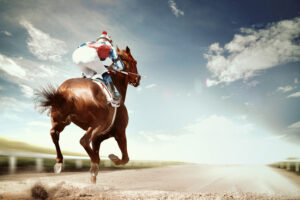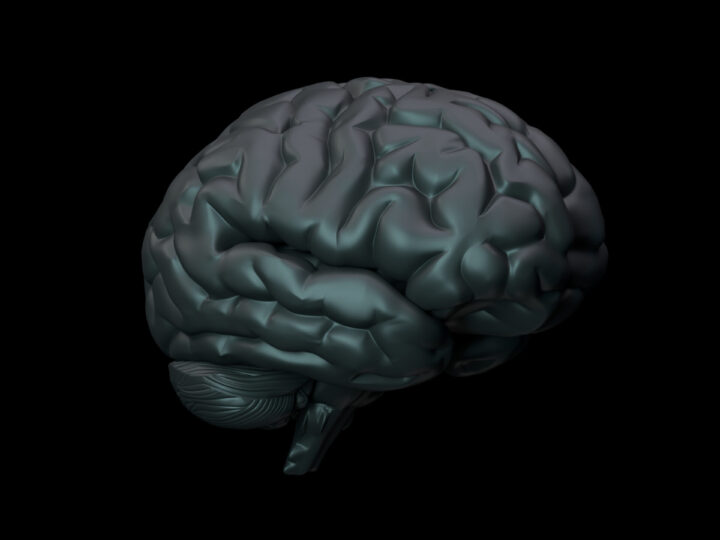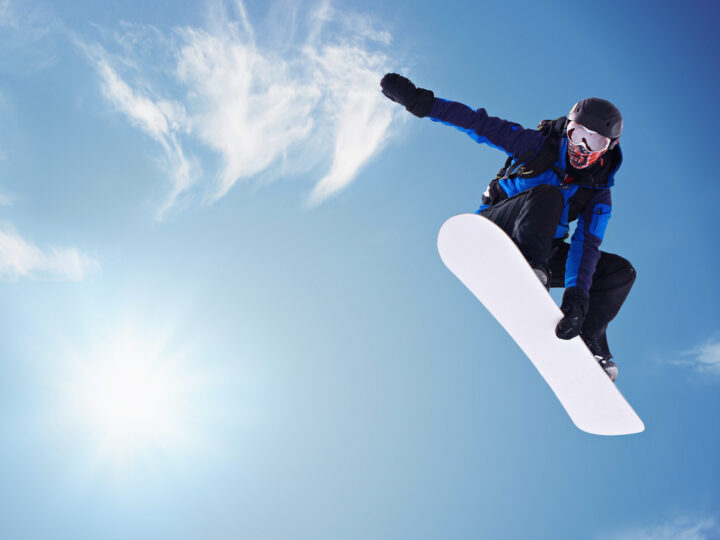Concussions in equestrian sports
Concussion research in equestrian sports is limited, and a web search of, for example, “horseback riding” produces only a few dated articles related to injuries and helmets. This is surprising as horse riding is a popular global sport with attendance figures that exceed all other professional and collegiate sports in the United States (Fletcher et al., 1995). The two most frequent injuries that occur in the sport are long bone fractures and head injury. Although most injuries occur during recreational riding, approximately 15 percent occur in non-riding activities, such as feeding, handling, shoeing and saddling (Caine & Maffulli, 2005). Most head injuries resulted from being thrown from the horse (41.8%) or struck by the horse’s head (23.2%) (Waller et al, 2000).
 There are several different types of horse racing, including Thoroughbred, Quarter Horse, and Arabian. There are several differences between these races, but one large difference is the way that speed is implemented. A jockey in a Quarter Horse race has to be ready for the explosive power out of the gate but subsequently, keep the horse as straight as possible. Once a jockey breaks out of the gate, the name of the game is to ride hard and fast for anywhere from 110 to 440 yards. A Thoroughbred race can range from ⅝ of a mile to 1 ½ miles so therefore, a jockey in a Thoroughbred race do not “explode” out of the gate but have to determine be pace and finesse so that they have power left for the last part of the race.
There are several different types of horse racing, including Thoroughbred, Quarter Horse, and Arabian. There are several differences between these races, but one large difference is the way that speed is implemented. A jockey in a Quarter Horse race has to be ready for the explosive power out of the gate but subsequently, keep the horse as straight as possible. Once a jockey breaks out of the gate, the name of the game is to ride hard and fast for anywhere from 110 to 440 yards. A Thoroughbred race can range from ⅝ of a mile to 1 ½ miles so therefore, a jockey in a Thoroughbred race do not “explode” out of the gate but have to determine be pace and finesse so that they have power left for the last part of the race.
A study found that despite similar race times reported for 402 m, Quarter Horses averaged faster speeds than Thoroughbreds when timed from a standing start. In short races, both breeds accelerate throughout the race. Arabians, despite being known for endurance, had slowed by the end of the race (Nielsen, et al., 2006). The differences between the races are important to keep in mind when researching concussion in horse riding as the speed of the horse (as well as the position of the jockey) predispose the jockey to risk of injury.
A study conducted 2013 in California revealed that in Thoroughbred races, 184 jockey injuries occurred from 360 reported jockey falls, 180,646 race rides, 23,500 races, and 3350 race meetings. In Quarter Horse races, 85 jockey injuries occurred from 145 jockey falls, 46,106 race rides, 6320 races, and 1053 race meetings. Jockey falls occurred at a rate of 1.99 falls per 1000 rides in Thoroughbred races, with 51 percent of falls resulting in jockey injury, and 3.14 falls per 1000 rides in Quarter Horse races, with 59 percent of falls resulting in jockey injury.
The majority of falls occurred during a race, with catastrophic injury or sudden death of the horse reported as the most common cause in both Thoroughbred (29%) and Quarter Horse (44%) races. During the period studied, one jockey fatality resulted from a fall. Jockey fall rates were lower, but injury rates were comparable to those reported internationally. To summarize, a licensed jockey in California can expect to have a fall every 502 rides in Thoroughbred races and every 318 rides in Quarter Horse races (Hitchens, Hill, Stover, 2013). Based on previous mentioned facts, there should be a higher percentage of head injuries in Quarter Horses races.
Jockeys wear helmets but similar to football and other sports that utilize helmets, the research reveal problems. For example, current helmet standards for impact determine helmet performance based solely on linear acceleration. Findings in a 2011 study revealed that performance improvement based on linear acceleration did not imply the same improvement in head injury-related brain tissue loads. The study recommended that angular kinematics should be considered in future equestrian helmet standards, as angular acceleration was seen to correlate with stress and strain in the brain (Forero, Cui, & Gilchrist, 2011).
Concussion management in other sports can certainly provide helpful information but specifics related to sport necessitate sport-specific research. Hopefully, research focused on horse racing and other equestrian sports become more frequent.
References
Caine DJ, Maffulli N (eds): Epidemiology of Pediatric Sports Injuries. Individual Sports. Med Sport Sci. Basel, Karger, 2005, vol 48, pp 8-17. doi: 10.1159/000084280.
Fletcher, J., et al. (1995). Traumatic carotid and vertebral artery dissection in a professional jockey: a cautionary tale. British Journal of Sports Medicine, 29:143-144.
Forero Rueda, M.A., Cui, L., & Gilchrist, M.D. (2011). Finite element modelling of equestrian helmet impacts exposes the need to address rotational kinematics in future helmet designs. Comput Methods Biomech Engin, 14 (12):1021-31. doi: 10.1080/10255842.2010.504922.
Hitchens, P. L., Hill, A. E., & Stover, S. M. (2013). Jockey Falls, Injuries, and Fatalities Associated With Thoroughbred and Quarter Horse Racing in California, 2007-2011. Orthopaedic journal of sports medicine, 1(1), 2325967113492625. doi:10.1177/2325967113492625.
Nielsen, B.D., Turner, K.K., Ventura, B.A., Woodward, A.D., & O’Connor, C.I. (2006). Racing speeds of quarter horses, throroughbreds, and Arabians. Equine Vet J Suppl, August (36): 128-132. doi: 10.1111/j.2042-3306.2006.tb05528.x
Turner, M., McCrory, P., & Halley, W. (2002). Injuries in professional horse racing in Great Britain and the Republic of Ireland during 1992–2000. British Journal of Sports Medicine, 36:403-409.
Waller, A.E., Daniels, J.L., Weaver, N., & Robinson, P. (2000). Jockey injuries in the United States. JAMA : the Journal of the American Medical Association, 283: 1326-1328.




